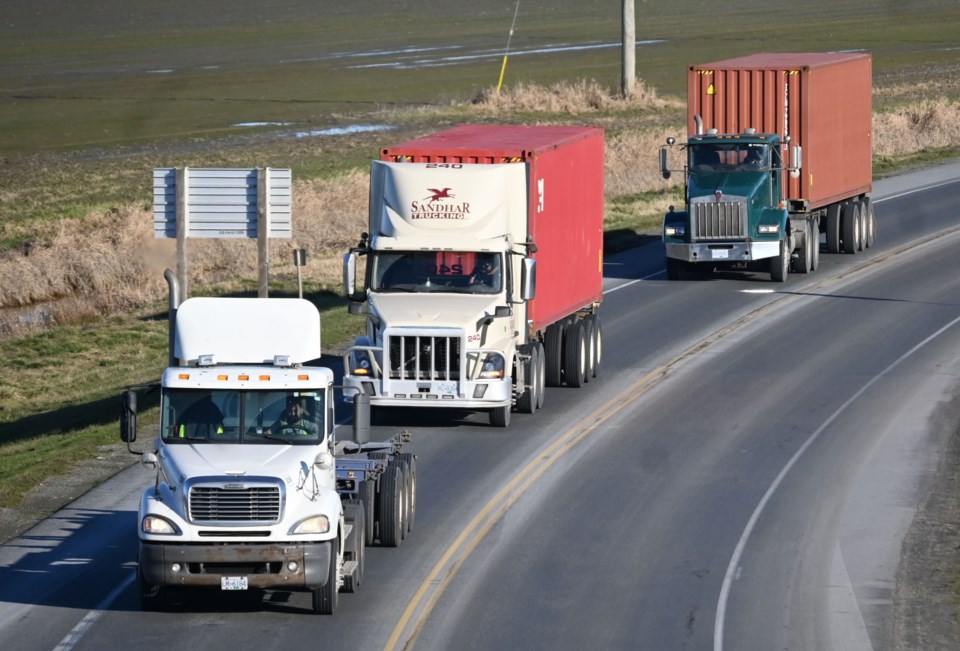To put it plainly, the global supply-chain is like a huge game of Jenga – all it takes is one wrong push or pull of a block, and then whole tower is in shambles.
This fragility, which has become blatantly clear since the pandemic struck nearly two years ago, was repeatedly highlighted during the virtual panel hosted by the Canadian Chamber of Commerce and the Vancouver Fraser Port Authority on Jan. 26.
Six panelists, representing both the importing and exporting side of moving goods, discussed how their businesses have been impacted by the supply chain crisis and how they’re trying to get through it.
“Everyone kept thinking it’ll get better next month, or the next month – it just kept compounding. And so, it was a really hard thing to get in front of because it started with ship schedule delays, then it went to container availability, then it went to inland logistics, and we were always running to catch up ... Everyone was sidelined. We just couldn’t respond quick enough, and it started snowballing from there,” said Shawn Routhier, director of sales and finance at Columbia Containers and one of the panelists.
The other panelists shared similar experiences of trying to work around what was happening, but just being met with more challenges as time went on.
Katherine Bamford, director of customer engagement at the Vancouver Fraser Port Authority and one of the panelists, highlighted how more than half of the total container volume handled through the Port of Vancouver is with three trading economies – China, Japan and South Korea.
“So, when you think about anything that happens in China, Japan or South Korea, we’re going to feel it here whether it’s typhoons, season volume surges ... or whether it’s COVID,” she said.
For the port authority, which is a federal agency, addressing some of the issues meant building infrastructure to combat some of the current challenges, like a near-doubling of the expected number of empty containers needing to be exported.
In December, they worked with the federal government to develop a temporary 40-acres storage facility, with phase one of the site opening this week, said Bamford.
For the other panelists, their advice was to be as flexible as possible with which companies you’re working with, to plan ahead, to allow time for error and delays when forecasting shipping arrivals and to simply be brave.
“Because there are so many moving parts within the supply chain, I think as long as the steamship lines, and the railroads, and the trucking companies, and the freight forwarders and everybody else involved, as long as they are experiencing constraints and congestion and incurring costs, the cost of freight is just going to continually increase,” said Breanne Bazaluk, logistics manager at Canada Malting and one of the panelists.
Fellow panelist Derrick Hawkins, director of Canada, CRSA Global Logistics Inc., added that some service providers are opportunistic and have taken advantage of the disruption by marking up their prices and adding various surcharges.



